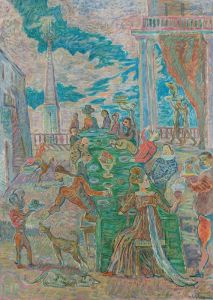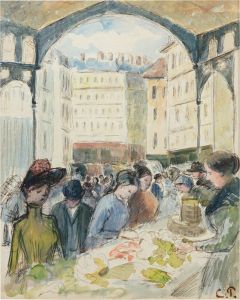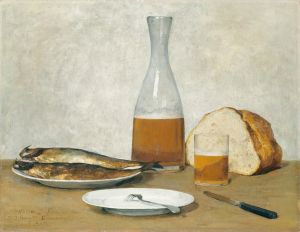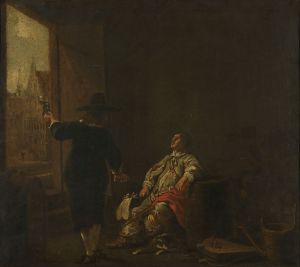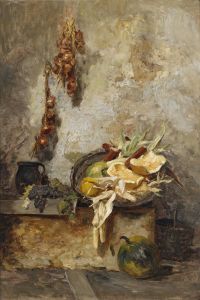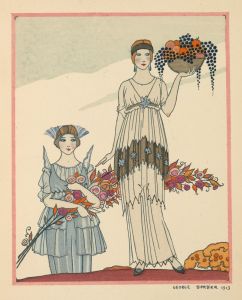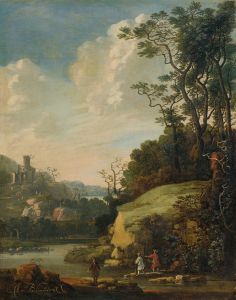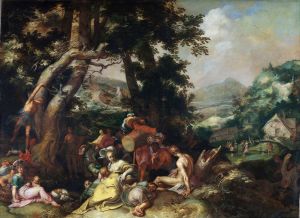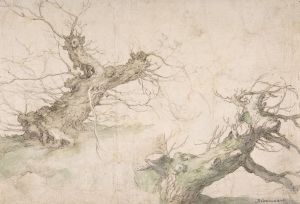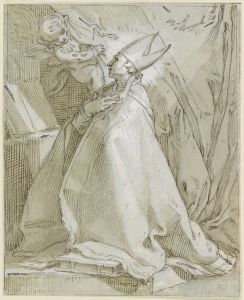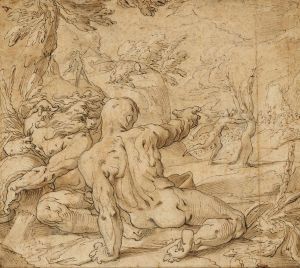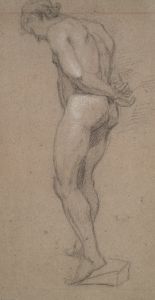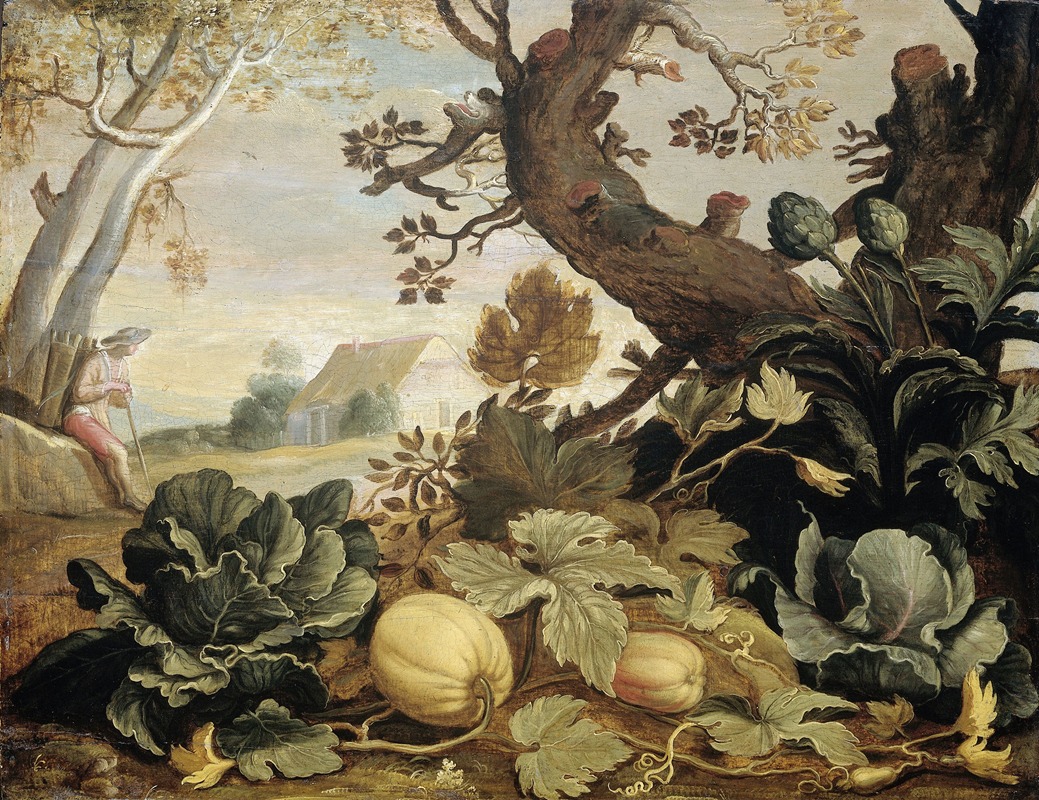
Landscape with Fruits and Vegetables in the foreground
A hand-painted replica of Abraham Bloemaert’s masterpiece Landscape with Fruits and Vegetables in the foreground, meticulously crafted by professional artists to capture the true essence of the original. Each piece is created with museum-quality canvas and rare mineral pigments, carefully painted by experienced artists with delicate brushstrokes and rich, layered colors to perfectly recreate the texture of the original artwork. Unlike machine-printed reproductions, this hand-painted version brings the painting to life, infused with the artist’s emotions and skill in every stroke. Whether for personal collection or home decoration, it instantly elevates the artistic atmosphere of any space.
Abraham Bloemaert, a prominent Dutch painter and printmaker, is known for his significant contributions to the art world during the late 16th and early 17th centuries. One of his notable works is "Landscape with Fruits and Vegetables in the Foreground," which exemplifies his skill in combining landscape painting with still life elements, a style that was gaining popularity during the Dutch Golden Age.
Bloemaert was born in 1566 in Gorinchem, the Netherlands, and later moved to Utrecht, where he became a leading figure in the Utrecht School of painters. His work is characterized by its vibrant use of color, attention to detail, and the harmonious composition of figures and landscapes. Bloemaert's versatility allowed him to work across various genres, including history paintings, portraits, and landscapes, often infused with allegorical or religious themes.
"Landscape with Fruits and Vegetables in the Foreground" is a testament to Bloemaert's ability to blend natural elements with human activity, creating a scene that is both realistic and idealized. The painting features an expansive landscape, typical of Bloemaert's work, with a detailed foreground showcasing an array of fruits and vegetables. This juxtaposition highlights the abundance and fertility of the land, a common theme in Dutch art of the period, reflecting the prosperity and agricultural richness of the Netherlands during the 17th century.
The composition of the painting is carefully structured, with the foreground dominated by meticulously rendered fruits and vegetables, including apples, grapes, cabbages, and pumpkins. These elements are painted with a high degree of realism, showcasing Bloemaert's keen observational skills and his ability to capture the textures and colors of natural produce. The background features a sweeping landscape, possibly depicting the Dutch countryside, with rolling hills, trees, and a serene sky, contributing to the overall sense of tranquility and harmony in the painting.
Bloemaert's use of light and shadow in "Landscape with Fruits and Vegetables in the Foreground" is particularly noteworthy. The interplay of light across the fruits and vegetables enhances their three-dimensionality and vibrancy, drawing the viewer's eye to the intricate details of the composition. This technique reflects the influence of Caravaggio and the chiaroscuro style, which Bloemaert and his contemporaries adapted to suit their own artistic purposes.
Throughout his career, Bloemaert was known for his ability to train and influence a generation of artists. His workshop in Utrecht became a hub for young painters, and his teachings helped shape the development of Dutch Baroque art. Among his notable students were Hendrick ter Brugghen, Gerrit van Honthorst, and Jan Both, who went on to become significant figures in their own right.
"Landscape with Fruits and Vegetables in the Foreground" is an excellent representation of Bloemaert's artistic legacy. It captures the essence of the Dutch Golden Age's fascination with nature, abundance, and the beauty of everyday life. The painting remains an important piece within the canon of Dutch art, illustrating the skill and creativity of one of the period's most influential artists. Bloemaert's work continues to be studied and admired for its contribution to the development of landscape and still life painting, as well as its reflection of the cultural and economic conditions of the time.






